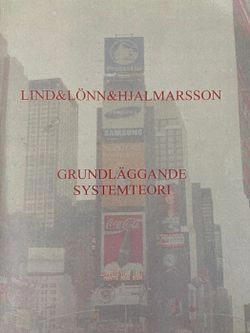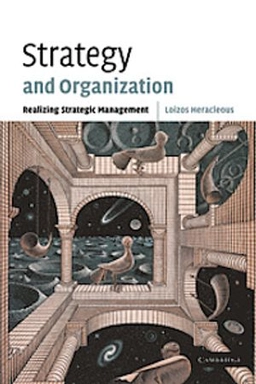

Structure in fives : designing effective organizationsUpplaga 2
- Upplaga: 2a upplagan
- Utgiven: 2009
- ISBN: 9781847766663
- Sidor: 176 st
- Förlag: Prentice-Hall International
- Format: Häftad
- Språk: Engelska
Om boken
Åtkomstkoder och digitalt tilläggsmaterial garanteras inte med begagnade böcker
Mer om Structure in fives : designing effective organizations (2009)
2009 släpptes boken Structure in fives : designing effective organizations skriven av Henry Mintzberg. Det är den 2a upplagan av kursboken. Den är skriven på engelska och består av 176 sidor. Förlaget bakom boken är Prentice-Hall International.
Köp boken Structure in fives : designing effective organizations på Studentapan och spara pengar.
Referera till Structure in fives : designing effective organizations (Upplaga 2)
Harvard
Oxford
APA
Vancouver



















